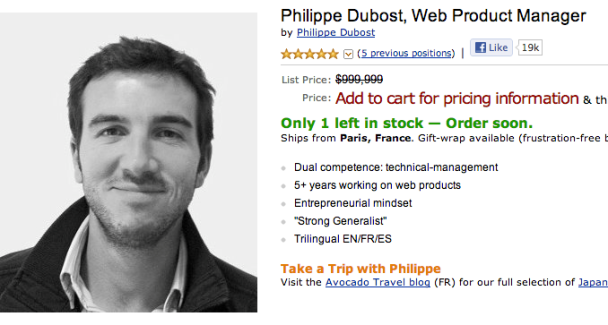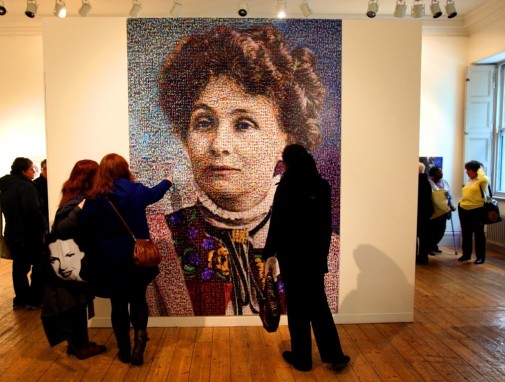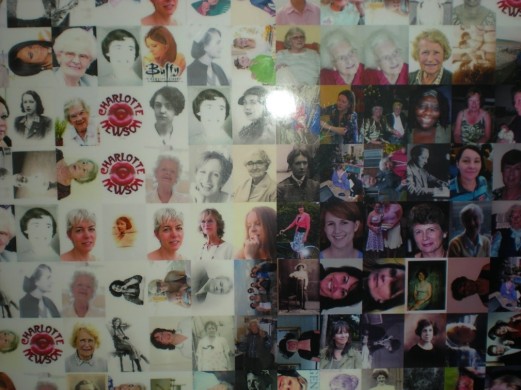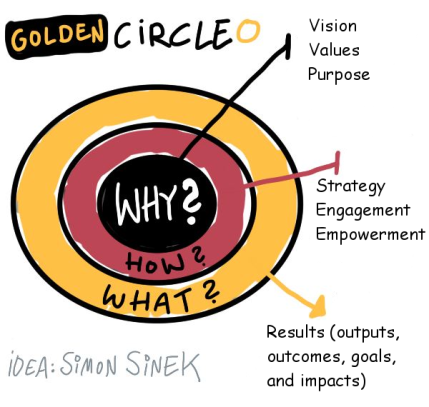April 2015 North West Association for Business Psychologists Event:
Story Telling with Andrew Thorp.
Andrew Thorp is a talented and recognised speaker and communications coach. Through his business, ‘Mojo Your Business’, Andrew has helped numerous leaders and organisations to tell ‘their story’ in a persuasive and engaging way.
In 2014 he received the award ‘Speaker of the Year’ from the Association of Professional Coaches, Trainers and Consultants, and has spoken at TEDx conferences and the Milan Expo 2015.
If you have read any of my earlier blogs you will understand that this is an area of interest to me. I have recently taken to telling my own ‘story’ to try and engage people and to develop the conversation around emotion at work and personal wellbeing. I also studied theatre at ‘A’ level, so I have a keen interest in storytelling and connecting with your ‘audience’, whoever they might be; so I was really interested to hear the ‘business’ perspective and how art and organisation combine.
Andrew is an engaging speaker and began his talk by telling a story of how he met the dad of one of his son’s friends. He told the story of how he had never met the gentleman in question but bumped into him whilst out shopping with his son. Realising who he was he went to introduce himself, but on seeing the man raise his arm he obligingly lent in for a hug… at the same time wondering why he was hugging this man he had never met before.. As it turns out, the gentleman was reaching out to turn down his collar which had been sticking up…. Ahh.. *awkward grimace* I think this was a good way for Andrew to break the ice, he also immediately drew the audience to him – he displayed humility and honesty in immediately admitting to an embarrassing incident that we can all relate (but might not always admit) to.
From then Andrew started to discuss how business can utilise storytelling to engage clients and customers. I was intrigued to hear businesses now consider the ability to tell your story as cutting edge marketing and that company leaders are learning to give their companies a great story to tell about themselves.
I think the really key point that Andrew made here was that stories need to connect with people on an emotive basis, not just relay facts. This matters when selling ideas and trying to get heard in today’s noisy media world: I guess you need to find a way to cut through and connect. Andrew talks about a message that resonates with people, he termed this ‘wave length marketing’.
Andrew gave the example of Philippe Dubost:

Philippe Dubost was an out of work web programme manager. He was struggling to find work and to connect with companies. So he created his own Amazon page utilising his CV, including delivery options (‘will travel’) and customer reviews (‘references’). His idea was so novel that the mainstream media picked up on his work and as a result he ended up on CNN and the front pages of the main media outlets. It turned out that Philippe found himself in conversation with the companies that identified with him and valued his approach – who were on his ‘wavelength’ – so Philippe had managed to connect with likeminded people, and yes, he got the job.
Andrew also talked about the importance of connecting within organisations, about creating a sense of purpose and communicating the big picture. I have to be honest, when I hear the term ‘big picture’ I can’t help but roll my eyes – more corporate speak and for me, not authentic, but Andrew teamed his point up with the image of a picture of Emmeline Pankhurst:

..created through a mosaic of tiny pictures of inspirational women donated by the public:

It is titled ‘Women Like You’ and is the work of artist Charlotte Newson (you can see it in Manchester Town Hall – well worth a peek).
Okay, that resonates – and it really is the big picture and the message is clear, bringing all women together to one cause.
Andrew talked of the disconnect between senior leadership and ‘everyone else’ and how organisations can become fragmented and disparate, with a ‘silo’ mentality – developed through corporate bureaucracy and operational optimisation…
But human beings, being good old us, we like to connect: so we will find a way.
Andrew told the story of Rank Xerox. Rank Xerox employed engineers across the country to operate as single units responding to businesses whose copiers required their attention. The company was horrified to discover that their engineers were meeting at service stations for coffee and a chat (can you imagine how lonely that job must be…). In response Rank Xerox set up a time and motion study and sent in observers.. and found that the coffee meetings were the single most important event in the engineers schedule: it allowed them to share experiences and develop problems solving responses to issues. From this the company developed Eureka! a knowledge management tool that allows engineers to upload their experiences and stories, and to receive recognition for solutions they identify. As a result Rank Xerox saw a 10% reduction in labour and cost improvement – and a connection between its work force unlike before.
The problem is that the majority of knowledge in a company is in people’s heads (tacit knowledge) and organisations are vulnerable to losing or not recognising this knowledge if they don’t find a way to record and share employees stories. This is also true for humanity: a point identified by ‘Story Corps’, an initiative that started with a ‘Story Booth’ in Grand Central Station, New York. The ‘Story Booth’ allowed members of the public (anyone) to record their story, no matter what it was – just what they wanted to tell. ‘Story Corps’ mission is to preserve and share humanity’s stories in order to build connections between people and create a more just and compassionate world:
Gosh, this speaks to me.
There are similar initiatives around the world: The Listening Project on Radio Four; The Moth – an open mic event in New York, where people go and tell their stories – about anything, but with the same idea about connecting people through sharing.
The point that Andrew makes is that connection is made through relating to another person’s story. The mistake that organisations make is that they start their story with the ‘what’ rather than explaining ‘why’. This point was identified by Ted speaker, author and leadership guru Simon Sinek who advocates the ‘Start with Why’ concept – which he describes as the ‘Golden Circle’:

Andrew described the Golden Circle as a three layered cake:
The Big Picture: purpose, values, philosophy.
Machinery: how, facts – a bid dull.
Library: mini stories, models, theories, personal stories.
For an organisations story to resonate there needs to be a mission statement that is visionary and addresses the big picture: is there some injustice in the world that needs fixing? The big picture needs to make people feel good about what it is you are trying to sell.. not just tell them what it is.
Andrew talked about Nelson Mandela and the media coverage after he had passed. Andrew noted that there were three main angles that the coverage took:
- What he had stood for.
- His chronological history.
- Stories from the people that he met.
Andrew told the story of Frank Dobson meeting Nelson Mandela for the second time. He had met him some time earlier in a group visit, and as a result Frank Dobson didn’t expect Nelson Mandela to recall him, or the meeting. As Frank Dobson went to introduce himself, Nelson Mandela greeted him, “Hello Frank, nice to see you again”. It was no great surprise that Frank Dobson was uncharacteristically stunned into silence. Displaying a great humility Nelson Mandela put a hand on Frank’s shoulder and asked “..you do remember me don’t you?”..
Andrew went on to discuss how people have a tendency to get stuck in ‘machinery’ and don’t develop their ‘library’. Showing a clip of Kevin Spacey speaking at the Content Marketing World Conference (have a nosey on YouTube, it’s great) Andrew spoke about the need to become the story and to bring the audience into your story, not just relay it.
As a close Andrew provided two mnemonics, the first was ‘PAL’.
The ‘P’ stands for ‘pain’ – this is the reason why people might need you and your idea to help them.
The ‘A’ is for ‘aspirin’ – this is to explain the journey that you will take together and what value you will create.
The ‘L’ is for ‘legacy’ – the happy ending that you will reach together.
The last mnemonic I felt was particularly useful it is called ‘LOTS’:
Language
Of
The
Senses.
This appeals to me – I tend to tell my stories in terms of how I felt, thought I would feel, or how I think others feel. I understand and relate to senses and emotions, but I guess we all do, we just need to feel safe and secure enough to share our story and to hear others too.
Thank you Andrew; that was quite a journey we took together.
